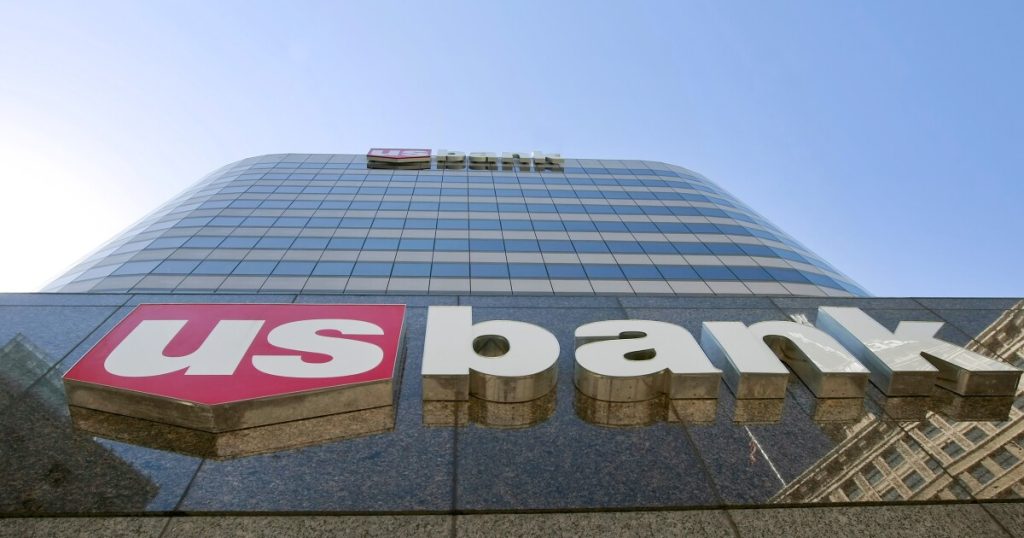In April, after U.S. Bancorp reported
On Thursday, the $686.4-asset U.S. Bancorp, corporate parent of U.S. Bank, did exactly that, reporting second-quarter profits of $1.82 billion or $1.11 per share. The company’s net income rose 13% from the same period in 2024.
Analysts had expected U.S. Bank to report $1.07 per share, according to S&P Capital IQ.
U.S. Bank delivered positive operating leverage in the quarter, as total revenue increased 2% year-over-year to $7 billion while operating expenses declined. The reduced opex checks another box for Kedia, who has stressed stricter expense control. More broadly, second-quarter results met or exceeded the targets the company set for spread and fee income, operating expenses and operating leverage.
“Our diversified business mix and sound risk management culture remain strengths, especially at a time of economic volatility,” Kedia said in a press release. “We remain committed to executing on our strategic priorities and making disciplined progress towards achieving our medium-term financial targets.”
U.S. Bank reported increases in both net interest and noninterest income. Indeed, second-quarter noninterest income, totaling $2.92 billion — up about 4% year-over-year — comprised 42% of net revenue. U.S. Bank saw income grow in payments, trust and investment management and capital markets. Those gains were partially offset by a 17% drop in mortgage banking revenue, which totaled $162 million for the quarter ending June 30.
U.S. Bank reported average total loans of $379 billion on June 30, level with the first quarter and up 0.4% from a year ago. The modest annual uptick follows reported increases at Pittsburgh-based PNC Financial and First Horizon in Memphis, advancing hopes that loan growth, long in the doldrums,
In an
Average second-quarter deposits totaled $503 billion. That was down 0.7% from the quarter ending March 31, but followed seasonal tax-payment patterns, according to Chief Financial Officer John Stern.
Credit quality remained solid. U.S. Bank reported nonperforming assets of $1.7 billion on June 30, down on a linked-quarter and year-over-year basis. Net chargeoffs of $554 million were up slightly from the second quarter of 2024.
U.S. Bank was a beneficiary of the
U.S. Bank is forecasting third-quarter net interest income of $4.1 billion to $4.2 billion. It’s expecting fee income of approximately $3 billion and operating expenses of $4.2 billion or lower. The company reported a common equity tier 1 capital level of 10.7% on June 30.

